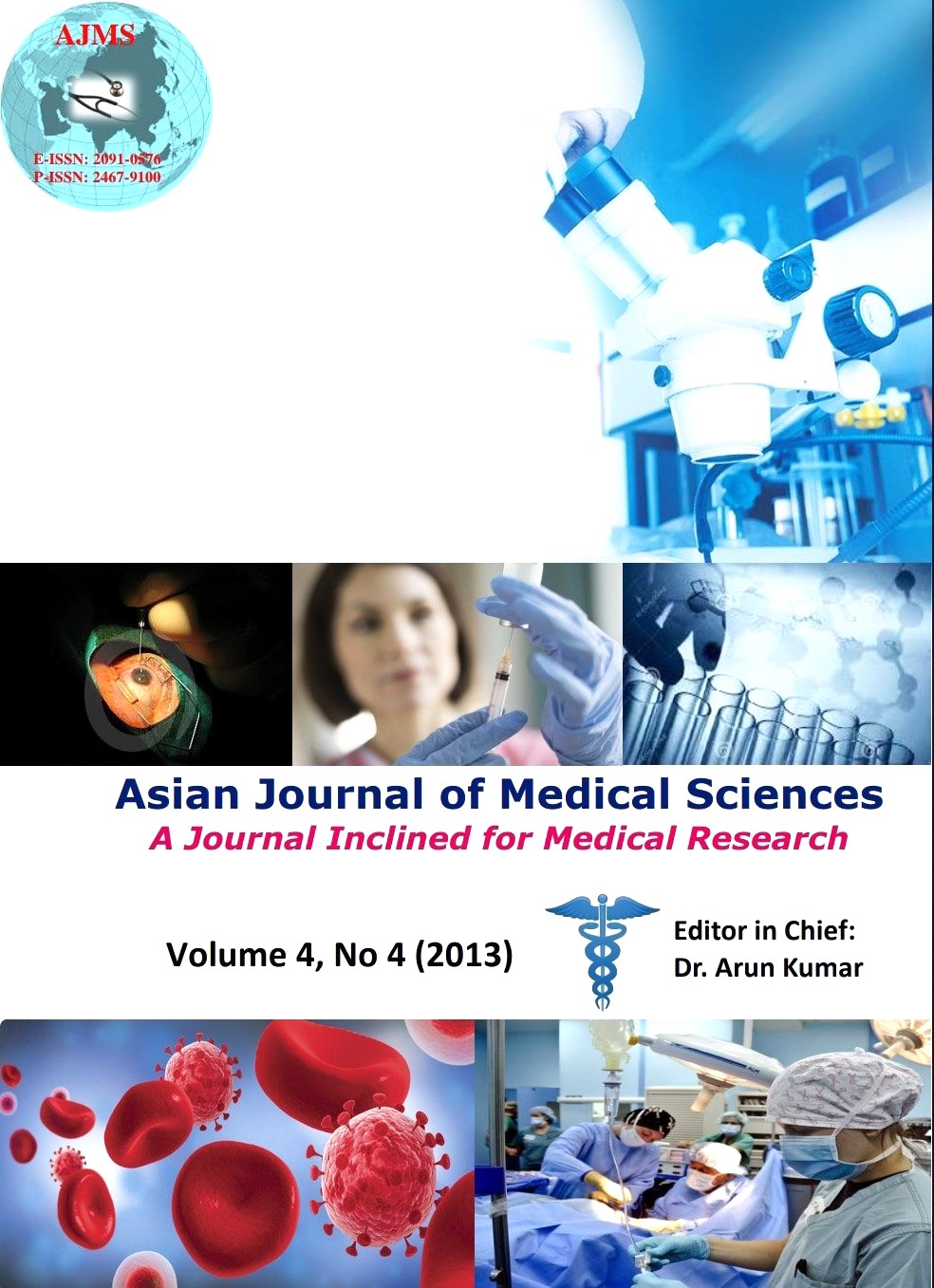Antibacterial Potential of the Methanol Stem Bark Extract of Stachytarpheta Indica
Keywords:
Antibacterial agent, Stachytarpheta indica, Medicina plan, Stem bark, Methanol, in vitroAbstract
Objective: There is increasing need for potent antimicrobial agents to tackle the problem of diseases in man. In view of this, the activities of methanol stem bark extract of Stachytarpheta indica was evaluated against some disease causing microorganisms.
Method: The activity of the extract against S. aureus, P.aeruginosa, E. coli, S. typhi and Shigella spp was determined using agar diffusion technique.
Results: The methanol stem bark extract demonstrated significant activity against the test organisms. The Minimum Inhibitory Concentration (MIC) and Minimum Bactericidal Concentration (MBC) of the stem bark extract ranged from 12-60 μg/ml.
Conclusion: Further isolation of active compound responsible for the antibacterial activity could be the potential sources of new antibacterial agents.
Asian Journal of Medical Science, Volume-4 (2013), Pages 5-10
DOI: http://dx.doi.org/10.3126/ajms.v4i4.8248
Downloads
Downloads
Published
How to Cite
Issue
Section
License
Authors who publish with this journal agree to the following terms:
- The journal holds copyright and publishes the work under a Creative Commons CC-BY-NC license that permits use, distribution and reprduction in any medium, provided the original work is properly cited and is not used for commercial purposes. The journal should be recognised as the original publisher of this work.
- Authors are able to enter into separate, additional contractual arrangements for the non-exclusive distribution of the journal's published version of the work (e.g., post it to an institutional repository or publish it in a book), with an acknowledgement of its initial publication in this journal.
- Authors are permitted and encouraged to post their work online (e.g., in institutional repositories or on their website) prior to and during the submission process, as it can lead to productive exchanges, as well as earlier and greater citation of published work (See The Effect of Open Access).




